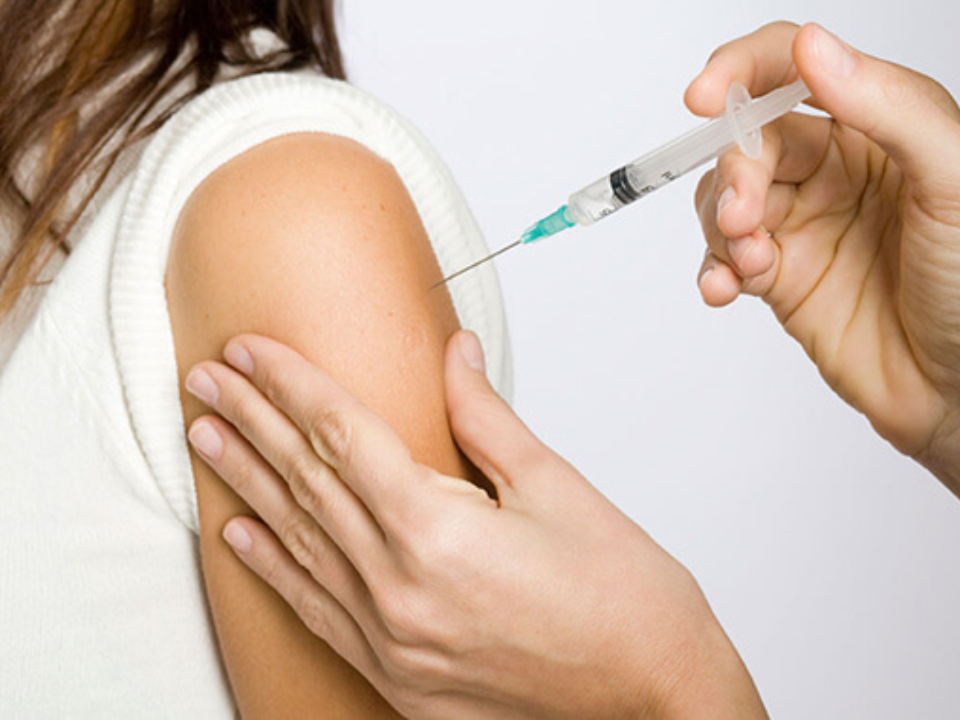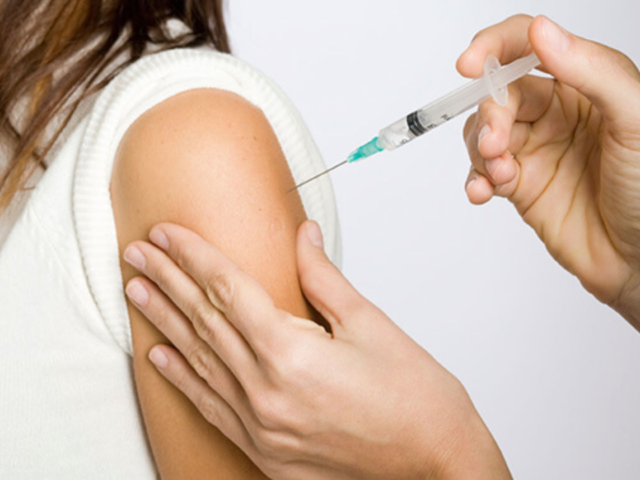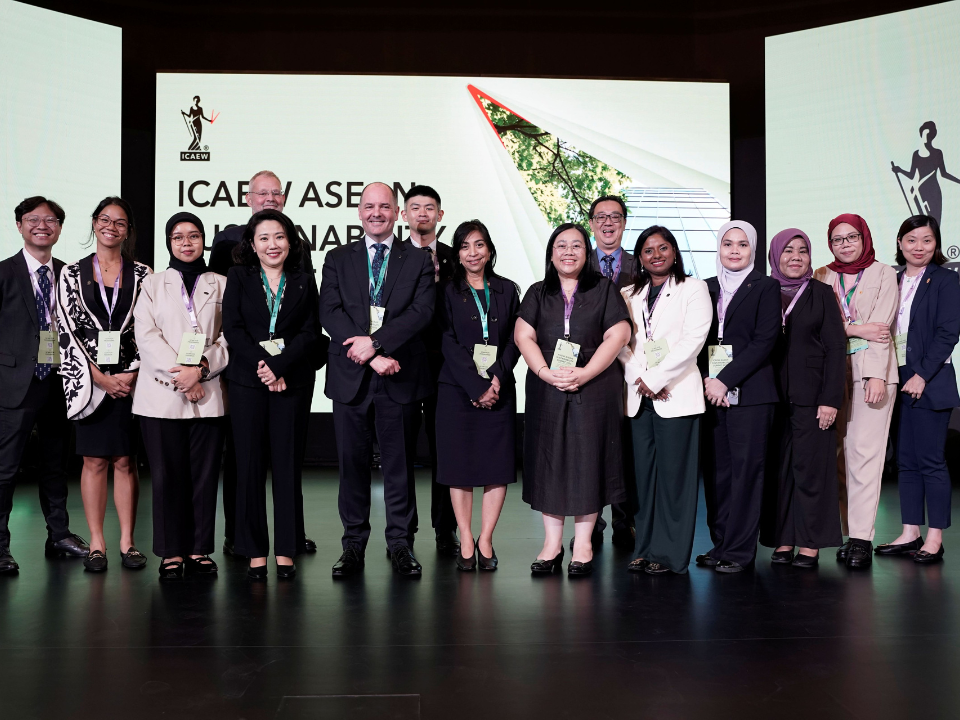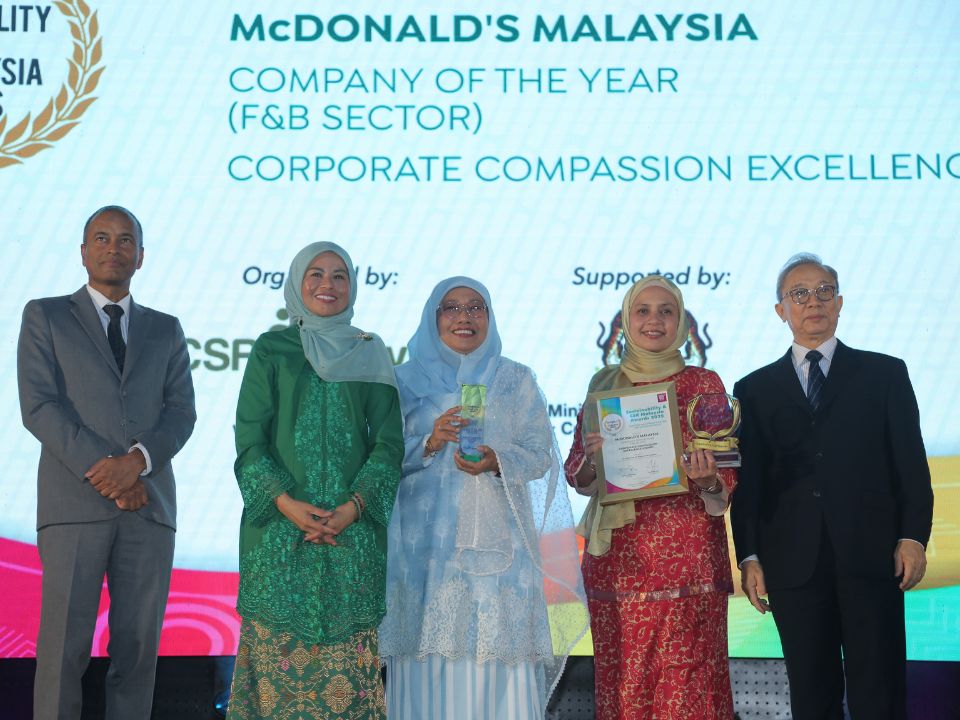
Image via Motherhood Hospital
Imagine a world where a vaccine could prevent cervical cancer but is still out of reach for many. Cervical cancer is the fourth most common cancer in women. In Malaysia, vaccine access remains a challenge, with 1,740 new cases and a 57% mortality rate in 2020. Not to mention that there are over 12 million Malaysian women are at risk.
To eliminate cervical cancer by 2030, Malaysia needs better education, cultural change, and improved healthcare. Experts from Taylor’s University, Dr. Ganesh Ramachandran and Dr. Khine Pwint Phyu, stress the importance of these efforts. Here’s their perspective:
Efforts in Cervical Cancer Vaccine Malaysia
To understand Malaysia’s battle against cervical cancer, picture a country committed to a powerful tool: the cervical cancer vaccine. Since 2010, Malaysia has been vaccinating 13-year-old girls against HPV, hitting an impressive 80% completion rate. Despite the disruptions caused by the COVID-19 pandemic, the Ministry of Health and groups like the National Cancer Society of Malaysia are working hard to keep those numbers up.
But the fight doesn’t end with vaccines. The Ministry also recommends annual pap smears for sexually active women aged 21 to 65, shifting to every three years if results are normal. For women over 65 who haven’t been screened, high-performance HPV tests every five years are advised. Yet, screening rates remain low at around 35% to 48%, falling short of WHO targets of 90%. Challenges like lack of awareness, cultural barriers, and logistical issues continue to make this an uphill battle.
How Accessible is the Vaccine in Malaysia?

Image via AAMC
Picture a woman hesitant to get screened because of fear, discomfort, or cultural barriers. To change this, we need to start with early education. It’s not just about informing women but also educating men who play supportive roles in their lives.
Overcoming stigma and addressing fears can transform the screening experience. Imagine offering options like female practitioners and less invasive tests—small changes that can make a big difference in making women feel more comfortable and willing to get screened.
Enhancing access to diagnostic and treatment facilities is essential. Right now, high costs and long waiting times in both government and private sectors stand in the way. What if we could streamline these processes and make healthcare more accessible for everyone?
The Future Lies in Collaboration

To improve screening rates, we must educate people about cervical cancer early and tackle the stigma of pap smears. This involves everyone—women, girls, and men— which is crucial for support.
Many women fear discomfort and cultural sensitivities, especially with male doctors. To address this, we should offer female practitioners and use self-testing kits and less invasive tests like HPV DNA testing.
We also need to ensure diagnostic and treatment facilities are accessible and affordable. High costs and long wait times are major hurdles. Smart partnerships between the government, private sector, and NGOs can help optimize resources and make a difference.
Malaysia’s high vaccination rates are a great start. To eliminate cervical cancer by 2030, we must increase screening acceptance and expand specialized care. With collaboration and education, significant progress is achievable.
By uniting the government, private sector, and NGOs, Malaysia can enhance resources and outcomes. Building on vaccine success, we can improve screening acceptance and healthcare capacity. With a focused effort, we can overcome cervical cancer.










